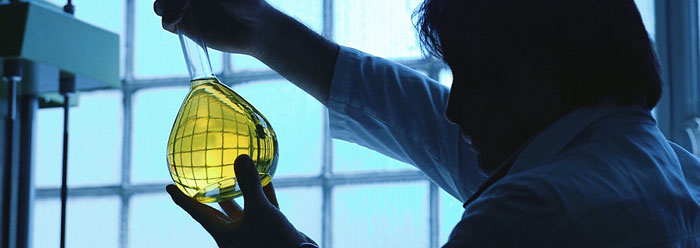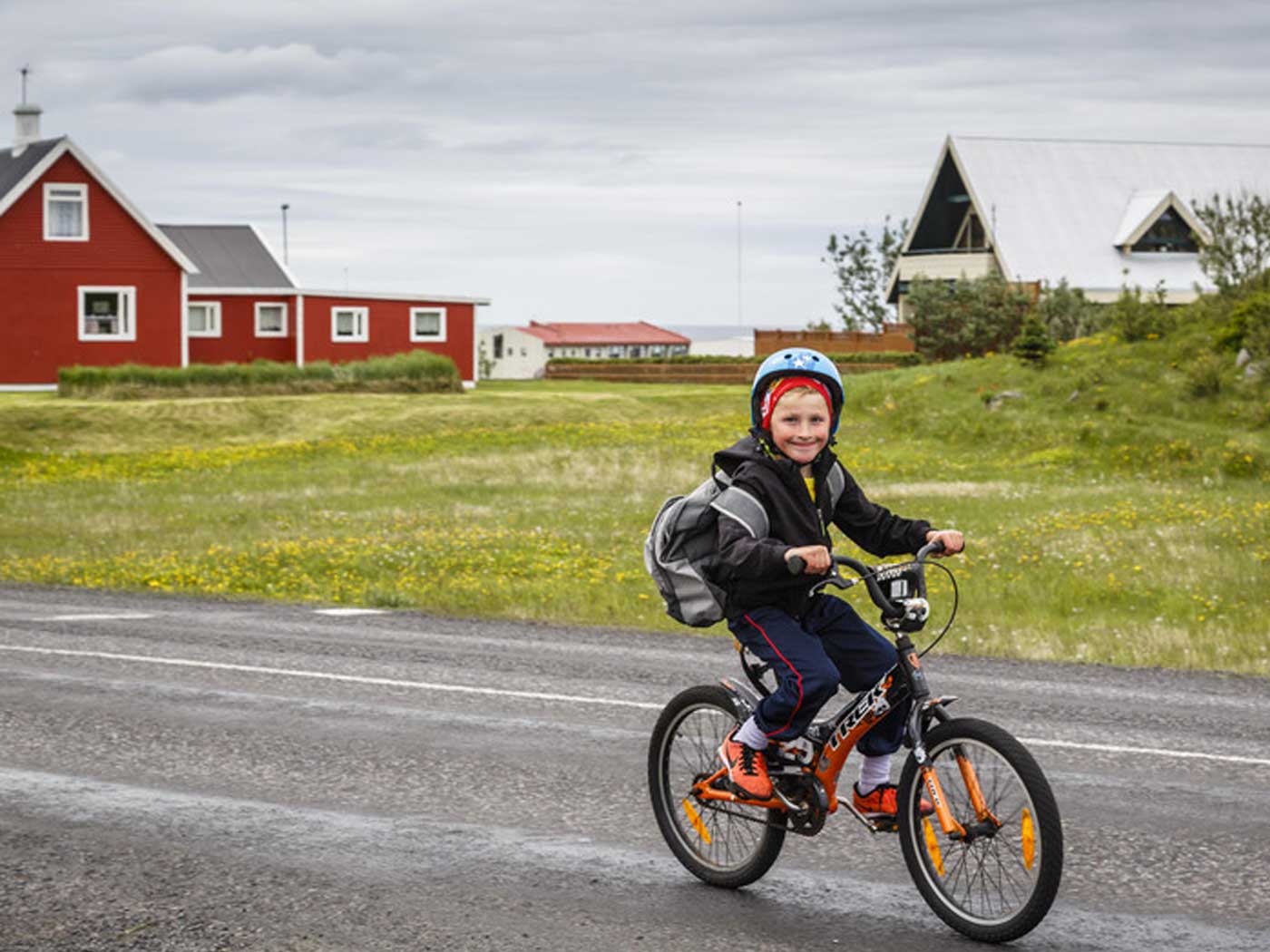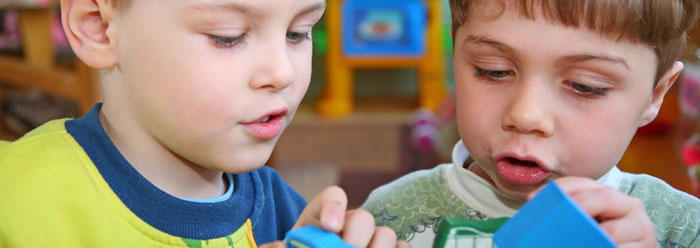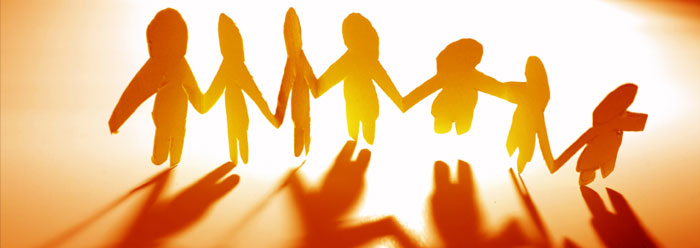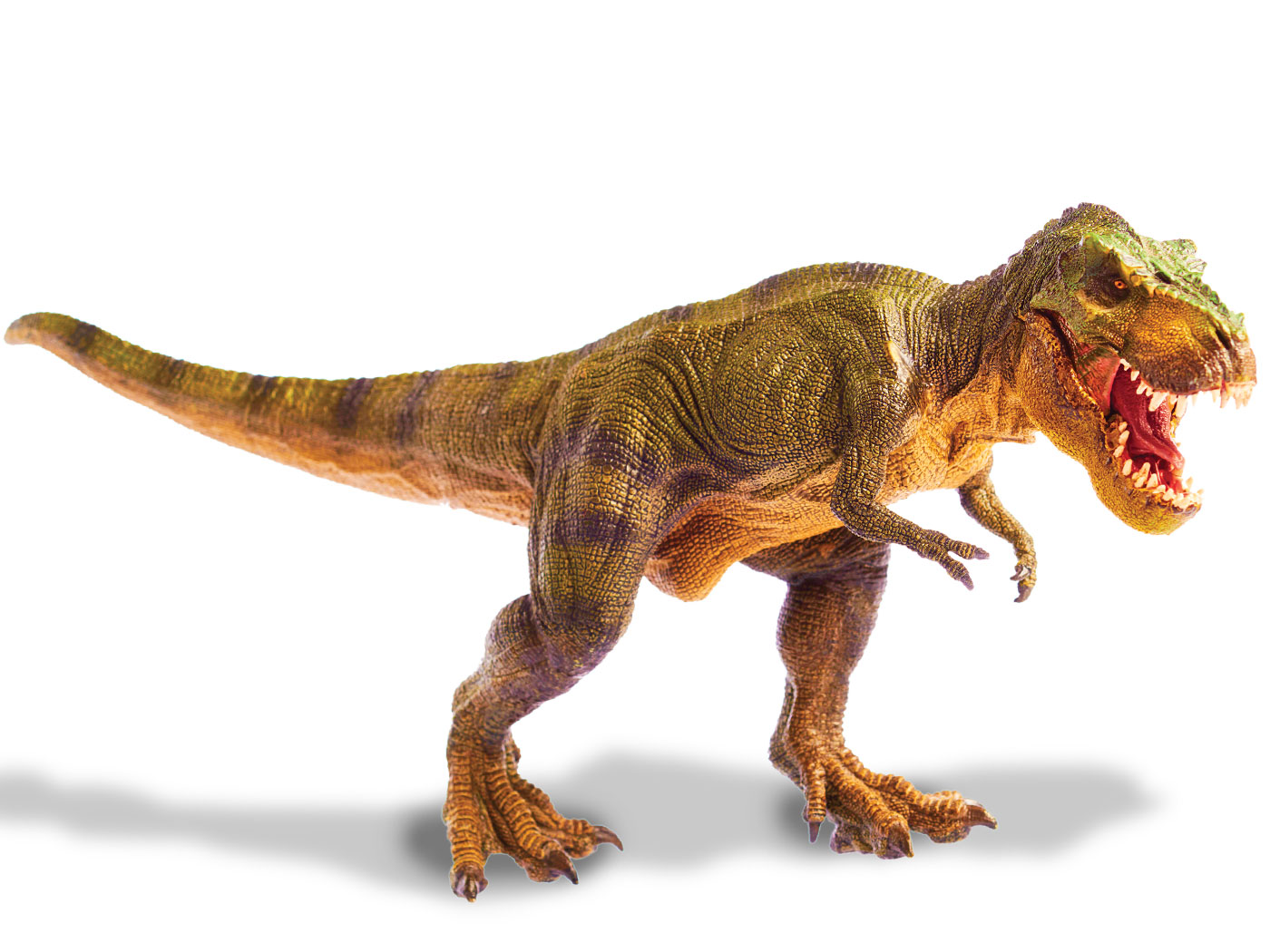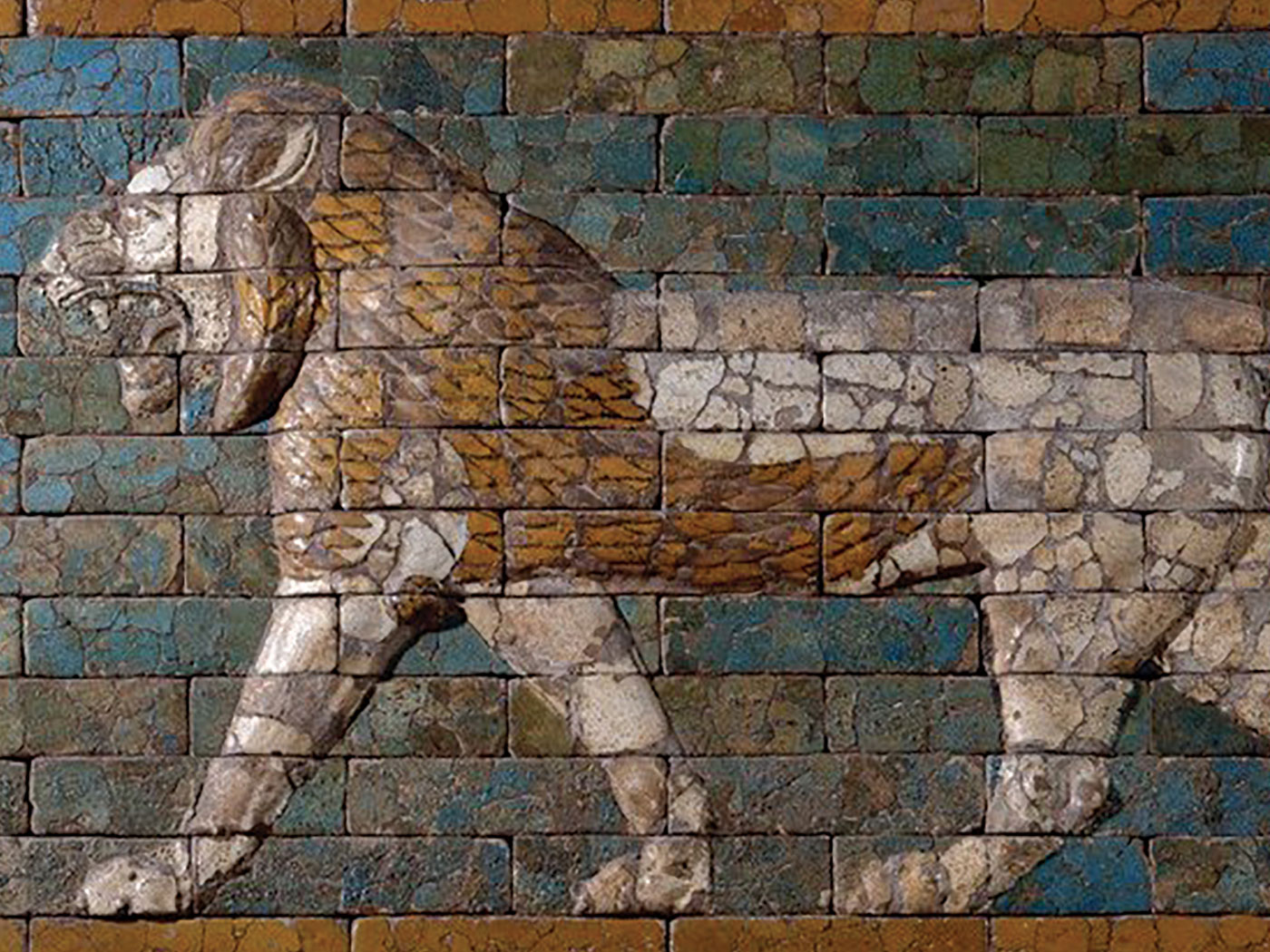In July of 1996, the world was shocked and amazed when the cloned sheep "Dolly" was introduced. Up until that time, most of the cloning successes had been with amphibians, but Dolly is a mammal. With this amazing technological breakthrough came two things. One, predictions that human cloning was not far off, and two, a hue and cry from scientists, politicians, and the public at large that human cloning should not be attempted.
Since then, no progress has been made in passing legislative restraints on cloning, but research has continued at an even more frantic pace. Not only scientific curiosity, but fame, fortune, power, and egos are at stake, as are several areas of potential usefulness. On October 19, 1997, a ghoulish headline appeared in the media. "Will Headless Human Clones Grow Organs in 10 Years?" Such a shocking question seemed appropriate for the Halloween season and left many groping for answers.
The article reported the cloning of "headless" frogs which contained the various organs but were without heads and could only be sustained by artificial means. It quoted Dr. Patrick Dixon as predicting the combination of "cloning technology with the creation of partial (human) fetuses, missing heads, arms, or legs as organ factories for tomorrow's people."
When in need of a kidney, for instance, an individual could potentially clone (at great expense) a partial fetus of himself which would contain a kidney. Since it would be his perfect genetic match, there would be little chance of rejection on transplant. Geneticists already know (to a remarkable degree) which genes code for growth of a kidney or liver etc., and would only activate these genes, but not the genes for a head or brain.
While organ transplant has been a wonderful blessing to many, what are we to make of this? Are these partial fetuses human? Whether or not they are truly human, with an eternal spirit in God's eyes, what ethical issues must be raised? And what is the next step? Will soon mindless "human" robots be cloned for manual labor or sex slaves?
Without careful thought and the wisdom of many, these and similar questions cannot be answered adequately. We must, however, insist that a "Back to Genesis" mentality be utilized in deriving these answers.
Here are some necessary considerations. God created man "in His own image," complete with the genetic code capable of perpetuating that image. Thus any position other than the absolute sanctity of life would constitute disregard for the Creator. Once "very good," the creation, including humankind, has been marred by the introduction of sin and its penalty. Fallen man has established a propensity for disregarding even his remnant of a conscience for personal gain, and we can always expect ethical boundaries to be broken.
I call on people everywhere, not only politicians, ethicists, and religionists, but especially scientists of all persuasions to demand an immediate halt on human cloning. Perhaps in a more sober climate some good can be realized, but until then it is barbaric to think of partial human ghouls languishing in a laboratory. As Oxford University ethicist Professor Andrew Linzey said, "It is morally regressive to create a mutant form of life. . . . scientific fascism because we would be creating other beings whose very existence would be to serve the dominant group."
Certainly as creationists we cannot endorse such a wholescale mockery of God's image. But in today's climate, with abortion, infanticide, and euthanasia increasingly being accepted, we can probably expect the same encouragement of cloning from evolutionists.
*Dr. John Morris is President of ICR.




